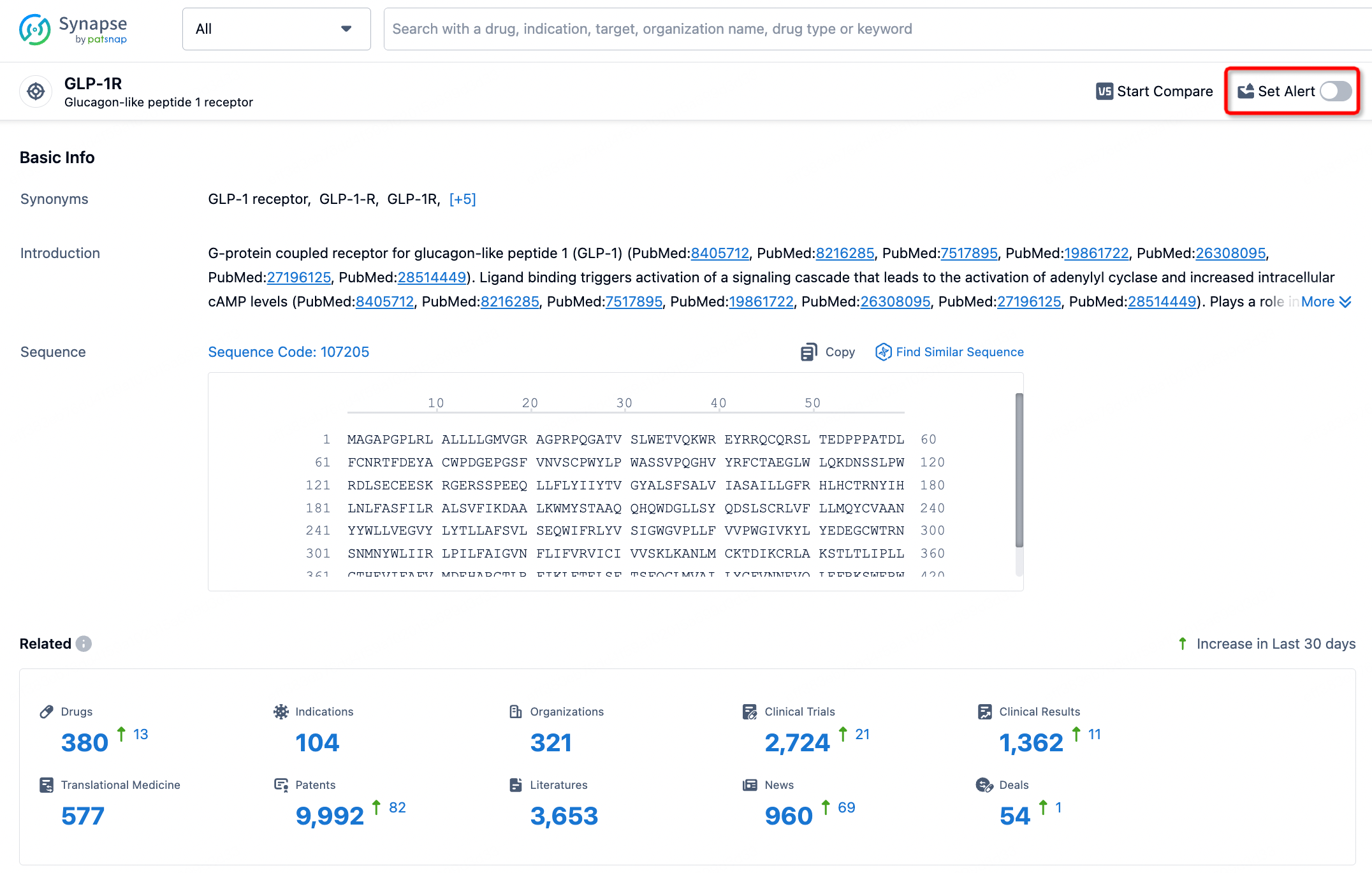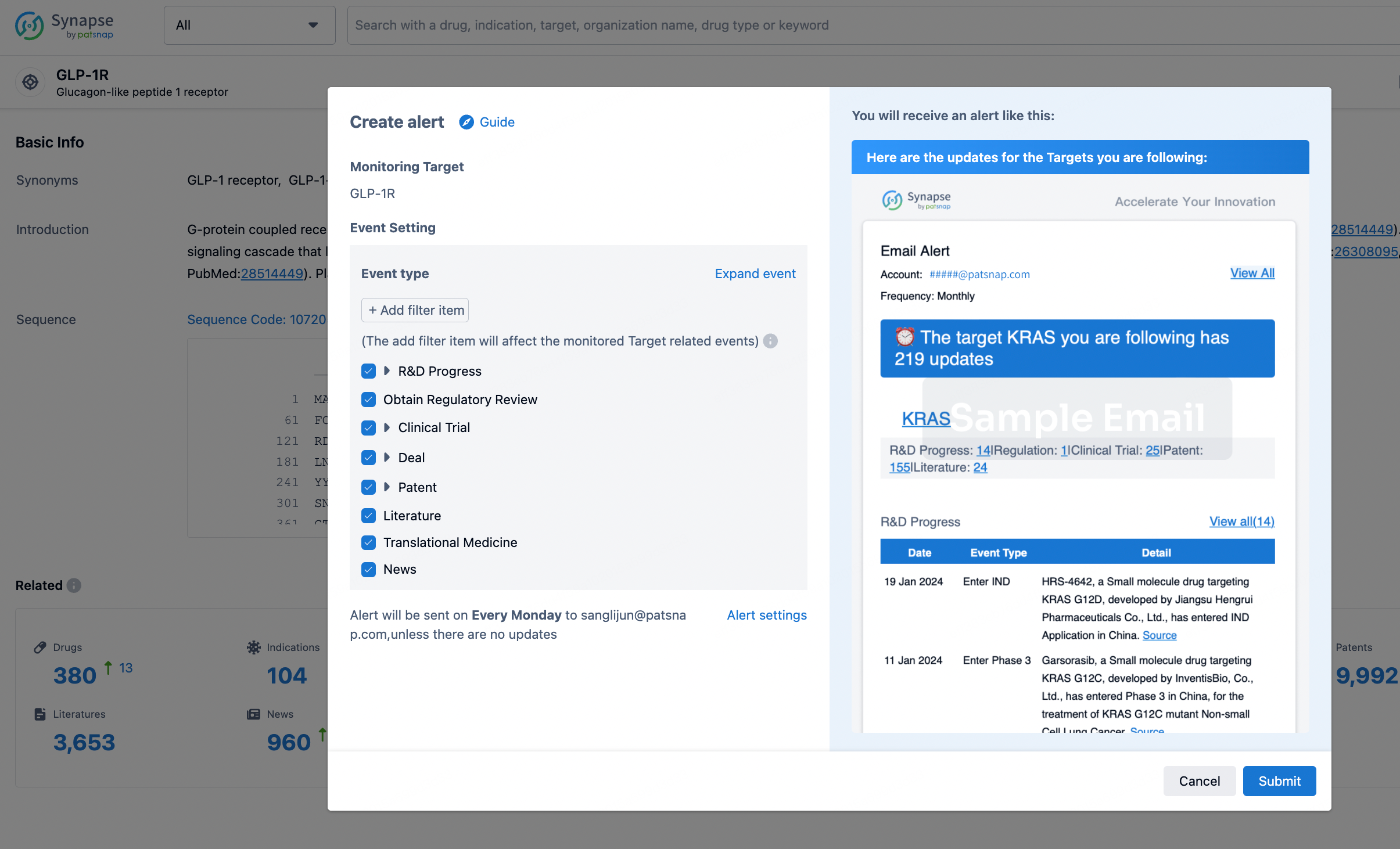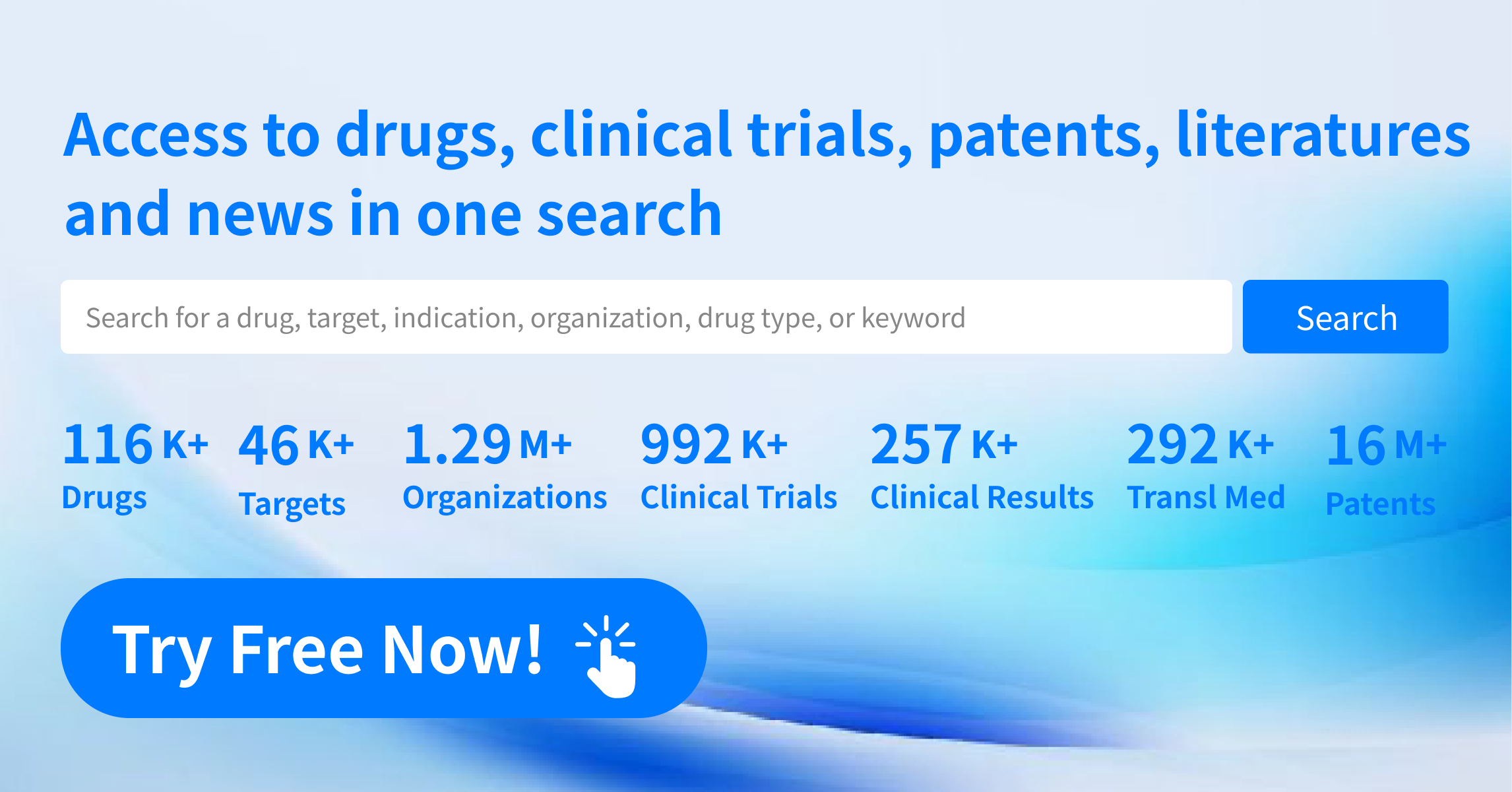Request Demo
What are GOT1 inhibitors and how do they work?
25 June 2024
In recent years, the field of oncology has seen a surge of interest in targeting metabolic pathways as a novel approach to cancer treatment. Among these pathways, the glutamine metabolism and its associated enzymes have garnered significant attention. One such enzyme is Glutamic-Oxaloacetic Transaminase 1 (GOT1), which plays a pivotal role in the intracellular amino acid metabolism and redox balance. This article delves into the potential of GOT1 inhibitors as therapeutic agents, exploring their mechanism of action and their current and prospective applications in medicine.
GOT1, also known as Aspartate Aminotransferase 1 (AST1), is a mitochondrial enzyme involved in the malate-aspartate shuttle, a crucial metabolic pathway that facilitates the transfer of reducing equivalents across the mitochondrial membrane. By converting glutamate to alpha-ketoglutarate and oxaloacetate to aspartate, GOT1 plays a vital role in maintaining the cellular redox state and supporting the synthesis of essential biomolecules. The enzyme's activity is heightened in various cancer types, making it an attractive target for therapeutic intervention.
GOT1 inhibitors work by disrupting the enzyme's ability to catalyze the transamination reactions, thereby impeding the malate-aspartate shuttle and subsequent metabolic processes. When GOT1 activity is inhibited, cancer cells experience a buildup of metabolic intermediates and a reduction in essential products such as NADH and aspartate. This disruption hampers the cell's ability to manage oxidative stress and produce nucleotides and other macromolecules necessary for rapid proliferation. Consequently, cancer cells become more susceptible to apoptosis and other forms of cell death, ultimately leading to the inhibition of tumor growth.
Several classes of GOT1 inhibitors have been identified, each with unique mechanisms of action. Some inhibitors directly bind to the active site of the enzyme, blocking substrate access and catalytic activity. Others may induce conformational changes in the enzyme, rendering it inactive. Additionally, researchers are exploring allosteric inhibitors that target regulatory sites to modulate enzyme function indirectly. Regardless of the approach, the goal remains the same: to selectively impair cancer cell metabolism without affecting normal, healthy cells.
The primary application of GOT1 inhibitors lies in cancer therapy. Given the enzyme's heightened activity in various malignancies, targeting GOT1 presents a promising strategy for treating tumors that rely heavily on glutamine metabolism. Preclinical studies have demonstrated that GOT1 inhibition can significantly reduce tumor growth in models of pancreatic cancer, non-small cell lung cancer, and glioblastoma, among others. These findings have sparked interest in developing GOT1 inhibitors as standalone treatments or in combination with existing therapies to enhance their efficacy.
Beyond oncology, there is potential for GOT1 inhibitors to be used in other medical contexts. For instance, metabolic disorders characterized by aberrant amino acid metabolism might benefit from targeted GOT1 inhibition. Additionally, the role of GOT1 in maintaining redox balance suggests that inhibitors could be useful in treating conditions associated with oxidative stress, such as neurodegenerative diseases. However, these applications are still in the exploratory stages and require extensive research to fully understand their therapeutic potential.
In conclusion, GOT1 inhibitors represent a novel and promising class of therapeutic agents with significant potential in cancer treatment and beyond. By targeting the metabolic dependencies of cancer cells, these inhibitors offer a strategic approach to impair tumor growth and enhance the efficacy of existing treatments. As research progresses, we can anticipate further developments in the optimization and application of GOT1 inhibitors, potentially leading to more effective and targeted therapies for a variety of diseases. The future of metabolic targeting in medicine looks bright, and GOT1 inhibitors are poised to play an integral role in this burgeoning field.
GOT1, also known as Aspartate Aminotransferase 1 (AST1), is a mitochondrial enzyme involved in the malate-aspartate shuttle, a crucial metabolic pathway that facilitates the transfer of reducing equivalents across the mitochondrial membrane. By converting glutamate to alpha-ketoglutarate and oxaloacetate to aspartate, GOT1 plays a vital role in maintaining the cellular redox state and supporting the synthesis of essential biomolecules. The enzyme's activity is heightened in various cancer types, making it an attractive target for therapeutic intervention.
GOT1 inhibitors work by disrupting the enzyme's ability to catalyze the transamination reactions, thereby impeding the malate-aspartate shuttle and subsequent metabolic processes. When GOT1 activity is inhibited, cancer cells experience a buildup of metabolic intermediates and a reduction in essential products such as NADH and aspartate. This disruption hampers the cell's ability to manage oxidative stress and produce nucleotides and other macromolecules necessary for rapid proliferation. Consequently, cancer cells become more susceptible to apoptosis and other forms of cell death, ultimately leading to the inhibition of tumor growth.
Several classes of GOT1 inhibitors have been identified, each with unique mechanisms of action. Some inhibitors directly bind to the active site of the enzyme, blocking substrate access and catalytic activity. Others may induce conformational changes in the enzyme, rendering it inactive. Additionally, researchers are exploring allosteric inhibitors that target regulatory sites to modulate enzyme function indirectly. Regardless of the approach, the goal remains the same: to selectively impair cancer cell metabolism without affecting normal, healthy cells.
The primary application of GOT1 inhibitors lies in cancer therapy. Given the enzyme's heightened activity in various malignancies, targeting GOT1 presents a promising strategy for treating tumors that rely heavily on glutamine metabolism. Preclinical studies have demonstrated that GOT1 inhibition can significantly reduce tumor growth in models of pancreatic cancer, non-small cell lung cancer, and glioblastoma, among others. These findings have sparked interest in developing GOT1 inhibitors as standalone treatments or in combination with existing therapies to enhance their efficacy.
Beyond oncology, there is potential for GOT1 inhibitors to be used in other medical contexts. For instance, metabolic disorders characterized by aberrant amino acid metabolism might benefit from targeted GOT1 inhibition. Additionally, the role of GOT1 in maintaining redox balance suggests that inhibitors could be useful in treating conditions associated with oxidative stress, such as neurodegenerative diseases. However, these applications are still in the exploratory stages and require extensive research to fully understand their therapeutic potential.
In conclusion, GOT1 inhibitors represent a novel and promising class of therapeutic agents with significant potential in cancer treatment and beyond. By targeting the metabolic dependencies of cancer cells, these inhibitors offer a strategic approach to impair tumor growth and enhance the efficacy of existing treatments. As research progresses, we can anticipate further developments in the optimization and application of GOT1 inhibitors, potentially leading to more effective and targeted therapies for a variety of diseases. The future of metabolic targeting in medicine looks bright, and GOT1 inhibitors are poised to play an integral role in this burgeoning field.
How to obtain the latest development progress of all targets?
In the Synapse database, you can stay updated on the latest research and development advances of all targets. This service is accessible anytime and anywhere, with updates available daily or weekly. Use the "Set Alert" function to stay informed. Click on the image below to embark on a brand new journey of drug discovery!
AI Agents Built for Biopharma Breakthroughs
Accelerate discovery. Empower decisions. Transform outcomes.
Get started for free today!
Accelerate Strategic R&D decision making with Synapse, PatSnap’s AI-powered Connected Innovation Intelligence Platform Built for Life Sciences Professionals.
Start your data trial now!
Synapse data is also accessible to external entities via APIs or data packages. Empower better decisions with the latest in pharmaceutical intelligence.


